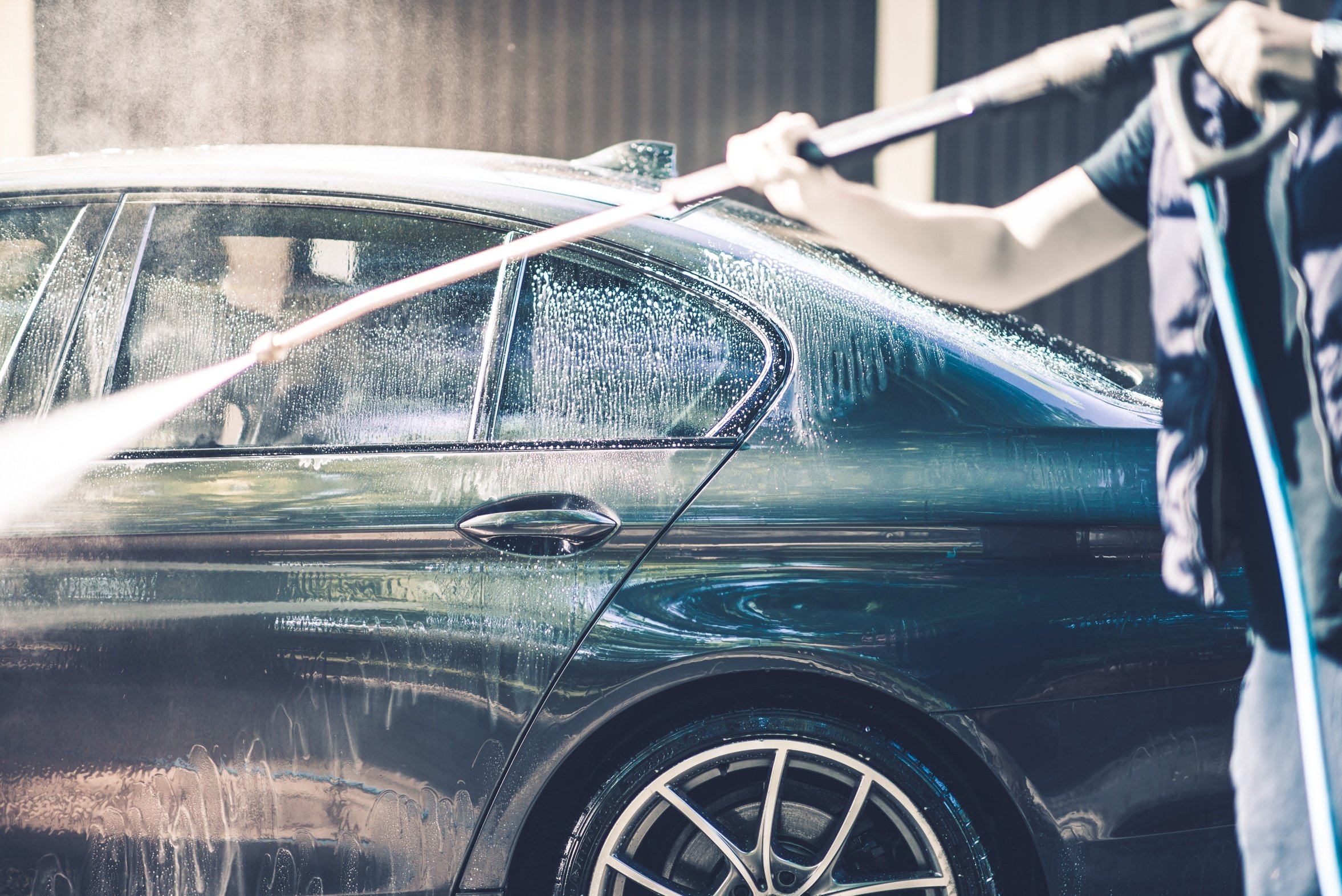Taking care for Your Home's Exterior: The Pressure Washing Answer
Maintaining the outside of your property is essential not only for visual attractiveness but also for preserving its value and staving off damage over time. One of the most powerful methods to keep your property looking its greatest is high-pressure cleaning. This robust cleaning technique uses high-pressure water to remove grime, grime, and other clutter from different surfaces, enhancing the overall appearance of your home.
For property owners seeking a clean and inviting exterior, grasping what pressure washing is and how it can enhance your place is vital. From improving exterior attractiveness to extending the longevity of your surfaces, pressure washing offers a multitude of gains. In this guide, we will explore the ins and outs of pressure washing, covering everything from the difference between pressure and soft washing to the recommended techniques for effectively washing your property without harming it. Whether you are considering a DIY approach or employing professionals, our insights will help you make educated decisions for your home's facade upkeep.
Grasping Pressure Washing
Pressure washing is a cleaning method that employs water at high pressure to remove dirt, gunk, mildew, biofilm, and various contaminants from multiple surfaces. This approach is extremely effective for restoring the look of outside areas such as exterior panels, pathways, terraces, and porches. By employing a specially designed machine, residential owners can achieve a thorough cleaning that is often inaccessible with traditional cleaning techniques. This process not only enhances the visual appeal of your home but also helps in the care and life span of its components.

For those newcomers to this cleaning solution, it is essential to comprehend the basic mechanics behind this method. The equipment consists of a power source that powers a pump, which in turn pressurizes water from a regular water line. The water under pressure is then released through a spray nozzle, creating a concentrated stream capable of removing tough stains and pollutants. Additional reading can be modified to suit various materials, allowing for a personalized cleaning strategy that can manage multiple kinds of contaminants.
When evaluating pressure washing, it's crucial to tell apart it from low-pressure washing, another technique that uses a lower pressure along with biodegradable cleaning solutions. While this method is ideal for hard surfaces that can handle high pressure, soft washing is recommended for more delicate materials like roofs or coated areas. Comprehending these variations will help property owners select the most efficient method for their individual situations.
Benefits and Considerations
Power washing offers numerous benefits for homeowners looking to maintain the aesthetics and integrity of their property. One of the key advantages is the capability to efficiently eliminate grime, fungus, mould, and other unsightly stains from exteriors, considerably enhancing the look from the street. A well-maintained outside not only looks inviting but can also boost property value. Additionally, routine pressure washing can avert long-term damage caused by accumulation, giving exteriors a greater lifespan and saving costs on future repairs.
While the advantages are evident, there are essential considerations when choosing how to approach pressure washing. Homeowners must evaluate the condition of the areas being cleaned and select the suitable method—high-pressure washing or low-pressure washing. Soft washing, for instance, is generally better suited for delicate surfaces like roofs or finished wood, where high pressure could cause damage. It is essential to know the differences between approaches to avoid expensive mistakes and achieve the intended results.
Another factor to think about is whether to tackle pressure washing as a do-it-yourself task or hire professionals. While DIY pressure washing can save money, it requires understanding of equipment, methods, and precautionary measures to ensure efficient and damage-free cleaning. On the other hand, hiring experts guarantees expertise and the right tools for the job. Evaluating these options carefully will help homeowners make an educated decision that best suits their requirements, financial plan, and commitment to ongoing maintenance.
Techniques and Best Practices
As you pressure washing, the technique you use can greatly affect the results. Start by choosing the appropriate size of the nozzle for your task; a wider spray pattern is good for sensitive surfaces, while a narrower pattern targets tough stains. Keep a consistent distance from the surface—generally 6 to 12 inches—for even cleaning. Operate the pressure washer in a steady, sweeping motion rather than staying in one spot to avoid damaging the material.
Before you begin, it's essential to prepare the area suitably. Remove any furniture, plants, or obstacles that might be harmed by water or debris. For surface cleaning, soak ahead of time the area with a suitable cleaning agent suitable for the material you are washing. Always test the pressure on a little, hidden area to ensure you do not damage the surface, especially on wood, vinyl, or fragile materials.
Safety should consistently be a main concern when pressure washing. Use appropriate protective gear, including goggles and gloves, to protect yourself from debris and chemical runoff. If you're working on roofs or elevated surfaces, utilize harnesses and stable ladders. Keep children and pets at a distance from the area, as the high-pressure water and cleaning solutions can be dangerous. Following these best practices will guarantee a thorough clean while maintaining the integrity of your home’s exterior.